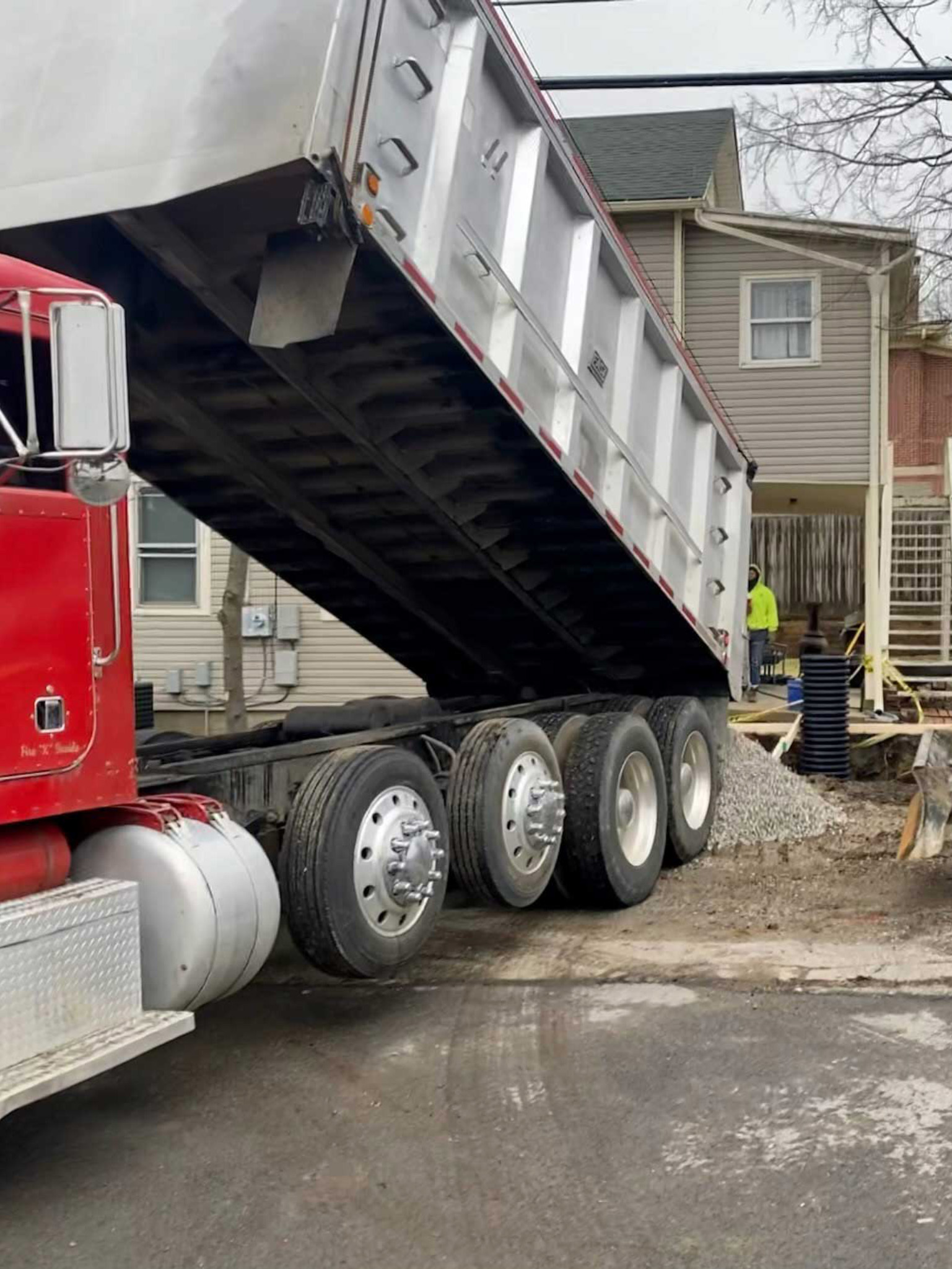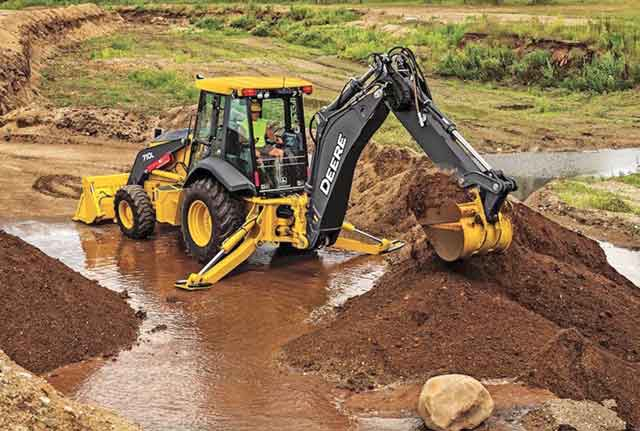Revealing the Art of Excavation: Pro Tips for Safe and Effective Excavating
As soil is transformed and earth is relocated, the intricacies of excavation disclose themselves, requiring an eager understanding of tools, soil make-up, safety methods, and ecological considerations. The proficiency required to browse these elements efficiently can imply the difference in between a successful excavation job and a potential catastrophe.
Significance of Appropriate Equipment
To ensure the security and performance of any excavation job, using the suitable equipment is vital. The right devices not just enhance efficiency yet additionally mitigate dangers connected with excavating. Excavation projects vary in range and intricacy, varying from small property landscape design work to large-scale building tasks. Despite the project dimension, having the proper equipment can make a considerable distinction in the end result.
Excavators are basic items of machinery in any digging procedure. These functional machines can be found in different sizes to match various job requirements. Mini excavators are suitable for smaller sized jobs, while larger excavators tackle more comprehensive projects successfully. Backhoes are an additional crucial tools type, combining the features of a loader and an excavator in one equipment. They are useful for tasks calling for convenience and maneuverability.
Excavators excel in jobs that call for pushing large amounts of soil or particles. By investing in the ideal devices, excavation jobs can be finished safely, on time, and with precision.
Recognizing Dirt Composition
A thorough grasp of soil structure is basic for executing excavation jobs with accuracy and safety and security. Understanding the different kinds of dirt is essential as it directly influences excavation approaches, equipment selection, and general job performance. Soil structure commonly is composed of four main parts: sand, silt, clay, and raw material. Each component has distinct residential or commercial properties that influence exactly how dirt responds to excavation procedures.
Sand particles are the largest and offer good drainage yet provide little cohesion. Silt particles are smaller than sand yet bigger than clay, supplying modest drain and communication. Clay bits are the smallest and offer high cohesion but bad drain. Raw material, such as decomposing plant product, impacts soil fertility and security.
Before commencing excavation, performing soil examinations to establish its make-up and characteristics is necessary. This information helps in picking the appropriate tools, applying precaution, and developing excavation techniques customized to the particular dirt conditions - excavating ohio. By comprehending soil composition, excavation professionals can enhance task end results while making certain security and adherence to best methods
Precaution and Protocols
Recognizing soil structure is the foundation upon which precaution and methods for excavation projects are constructed, ensuring the health of workers and the success of the undertaking. There are a number of key steps that need to be carried out to reduce dangers and avoid accidents. when it comes to safety and security throughout excavation.
Firstly, prior to any type of excavating commences, a detailed examination of the website ought to be carried out to determine any potential threats such as below ground utilities, unpredictable soil problems, or close-by structures that could pose a risk. It is critical to have a qualified individual look after the excavation procedure to make sure that all security protocols are adhered to strictly.
In addition, all workers associated with the excavation should be correctly educated in risk-free digging methods and the correct operation of devices. Personal safety tools (PPE) such as construction hats, high exposure clothing, gloves, and safety boots should be put on at article source all times to reduce the threat of injuries. dump truck companies in ohio. Normal safety meetings and tool kit talks ought to likewise be carried out to maintain all workers informed about possible hazards and strengthen safe job techniques. By sticking to these safety and security procedures and methods, excavation projects can be completed efficiently and without case.
Efficient Excavation Preparation
When starting an excavation task, thorough preparation is vital to ensure efficiency, safety, and effective results. Efficient excavation preparation involves a number of vital actions that are critical for the smooth execution of the project. The very first step is to perform a comprehensive website assessment to recognize any type of potential hazards, such as underground utilities or unsteady soil conditions. This details is essential for creating a comprehensive excavation strategy that includes security measures and take the chance of mitigation strategies.
As soon as the site analysis is full, the next action is to develop a clear timeline and routine for the excavation activities. This consists of determining the sequence of jobs, devices requirements, and workforce allocation. Proper scheduling helps stay clear of hold-ups and ensures that the job remains on track.

Moreover, communication amongst all employee is extremely important during the preparation phase. Clear directives, routine updates, and effective sychronisation are crucial for a successful excavation project. By investing effort and time in precise planning, excavation groups can significantly boost performance, decrease threats, and accomplish successful end results.

Handling Ecological Factors To Consider
With raising focus on environmental sustainability in construction techniques, managing environmental factors to consider has actually ended up being an important facet of excavation projects. Excavation activities have the potential to influence the surrounding atmosphere via dirt disintegration, sediment drainage, habitat interruption, you could try these out and contamination of water sources. To minimize these dangers, it is necessary to implement best methods that prioritize environmental protection.

In addition, appropriate waste administration is essential to stop dirt and water contamination. Carrying out procedures for the disposal of dangerous products, recycling of waste products, and lessening making use of harmful chemicals can significantly reduce the environmental impact of excavation projects. By integrating these techniques into excavation preparation and implementation, building and construction firms can make sure that their tasks are not only risk-free and productive yet additionally ecologically accountable.
Verdict
Finally, understanding the art of excavation requires a thorough understanding of appropriate equipment, soil structure, precaution, and reliable planning. By adhering to these standards and considering environmental variables, excavations can be performed securely and effectively. more information It is crucial to focus on safety and security and efficiency in every digging task to make certain successful outcomes.
As soil is transformed and earth is moved, the details of excavation disclose themselves, requiring a keen understanding of devices, soil make-up, safety and security protocols, and environmental considerations.To guarantee the safety and performance of any excavation task, making use of the appropriate tools is extremely important.An extensive understanding of dirt structure is fundamental for performing excavation projects with precision and safety and security. Recognizing the various kinds of dirt is important as it straight affects excavation methods, devices option, and overall job efficiency. By comprehending dirt structure, excavation specialists can boost job outcomes while ensuring safety and security and adherence to best methods.